Virginia, with the nickname of the Old Dominion, is a mid-Atlantic state with a 2022 population that exceeded 8.6 million.
More than 1/3 of Virginia’s population lives within the greater Washington–Baltimore metro area of northern Virginia.
The state capital is Richmond, although its most populated city is Virginia Beach.
Virginia offers a diverse topography – from beaches to the agriculture of Shenandoah Valley to the Blue Ridge/Appalachian mountains.
The Commonwealth of Virginia is rich in history as the state was one of the original thirteen colonies of the United States.
The state legislature was established in 1619, which is the oldest in North America.
Contents
- The 10 Most Dangerous Cities in Virginia
- 5 Safety Tips for Traveling to Virginia
- 1. When traveling across Virginia, it is important to stay vigilant and aware of scammers.
- 2. Tap water within the state’s urban areas is safe to drink.
- 3. Depending on the time of year, certain parts of Virginia may be subject to severe weather.
- 4. Don’t be an easy target.
- 5. Do appropriate research so you have a good idea about traveling to your intended destination in Virginia.
- Virginia Safety Overview
- Frequently Asked Questions
The 10 Most Dangerous Cities in Virginia
While Virginia is recognized as a beautiful and safe state, several cities or towns should be visited with a cautious perspective.
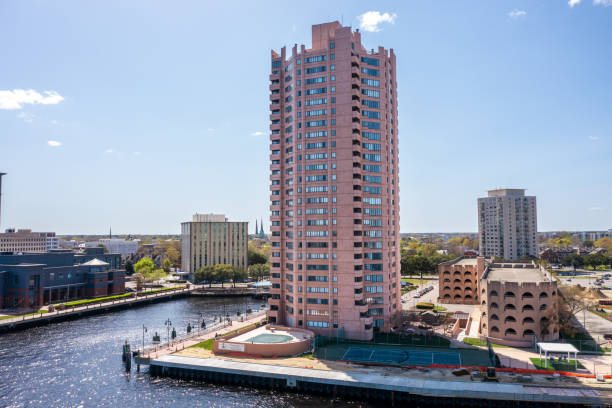
1. Portsmouth
- Population – 97,840 (2021).
- Violent Crime Rate – 7.49 per 1,000 residents.
- Property Crime Rate – 37.78 per 1,000 residents
Portsmouth is an ethnically diverse city that lies on the Elizabeth River across from its neighboring city – Norfolk.
The city is home to the US Norfolk Naval Shipyard, so many armed forces members live there.
The city has a high rate of violent crime, which is more than 3 times the state average.
Potential property crime rates are 2.5 higher in Portsmouth compared to the rest of the state, with the city’s crimes per square mile statistic five times as high as the state average.

2. Norfolk
- Population – 235,089 (2021).
- Violent Crime Rate – 7.81 per 1,000 residents.
- Property Crime Rate – 34.09 per 1,000 residents
Norfolk is Virginia’s third largest city which was incorporated in 1705.
It borders much waterfront property, including the Chesapeake Bay and the Elizabeth River, and the largest naval base anywhere in the world.
Violent crime in Norfolk is more than three times the state average.
Property crime in Norfolk is 2.5 times the state average and nearly twice the national average.
And the crime per square mile statistic for Norfolk is almost ten times the state average.
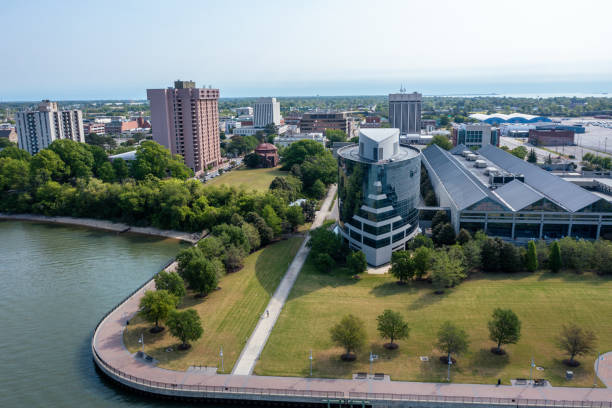
3. Newport News
- Population – 184,587 (2021).
- Violent Crime Rate – 6.38 per 1,000 residents.
- Property Crime Rate – 19.48 per 1,000 residents
Newport News is a large coastal city in the southeastern part of the state along the Virginia Peninsula and the James River towards the river’s mouth.
Violent crime in Newport News is nearly three times the state average – and has been rising recently, with property crime rates and crimes per square mile exceeding the Virginia state average.
Note that the west part of the city tends to be the safest part of Newport News.
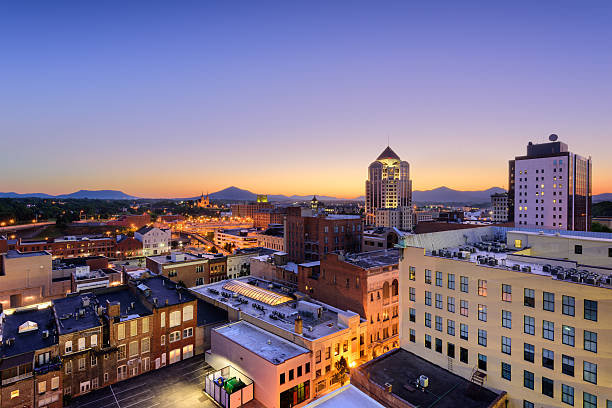
4. Roanoke
- Population – 98,865 (2021).
- Violent Crime Rate – 4.90 per 1,000 residents.
- Property Crime Rate – 38.77 per 1,000 residents
Roanoke is a city in the southwest part of Virginia within the Roanoke Valley and Blue Ridge Mountains.
While the city is home to many cultural events, like the annual Chili Cookoff, crime in this city is well above both the state and national averages.
While overall crime has improved in the recent past, other statistics reveal increases in certain types of crime.
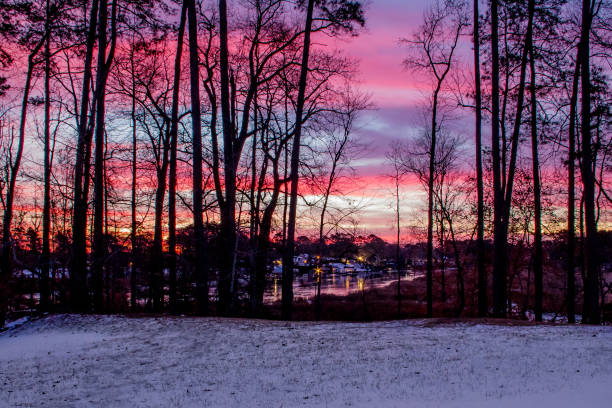
5. Suffolk
- Population – 96,194 (2021).
- Violent Crime Rate – 4.85 per 1,000 residents.
- Property Crime Rate – 17.65 per 1,000 residents
Suffolk is a large-to-moderate-sized city with waterfront locations along the James and Nansemond Rivers in southeast Virginia.
Both property and violent crime rates exceed the state average and are 70% higher than all other U.S. cities.
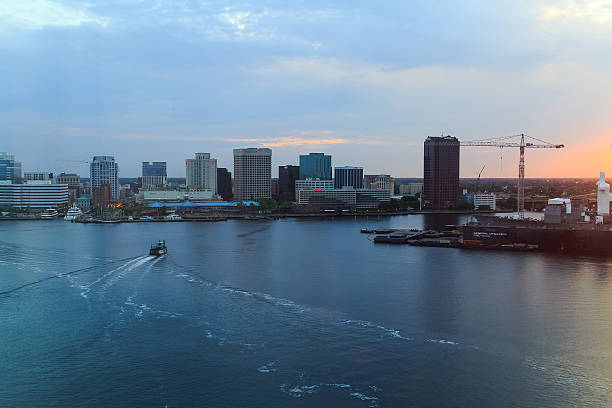
6. Chesapeake
- Population – 251,269 (2021).
- Violent Crime Rate – 4.64 per 1,000 residents.
- Property Crime Rate – 16.89 per 1,000 residents
Chesapeake is a large city in southeast Virginia. In terms of land – of more than 350 square miles, Chesapeake is the 2nd largest independent city in the state.
Property crime and violent crime rates exceed state averages, with violent crime a larger issue for the city.
Assault was the most prevalent type of violent crime in the city.
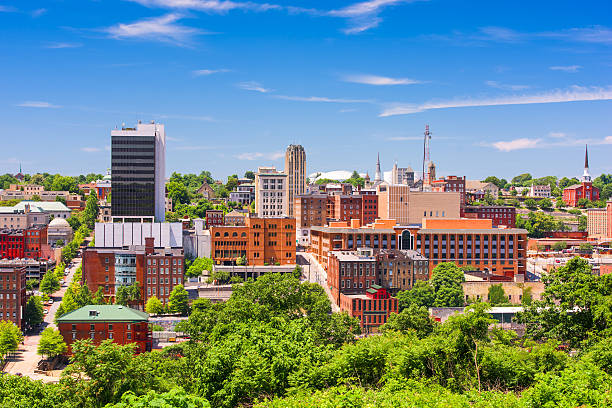
7. Lynchburg
- Population – 79,009 (2021).
- Violent Crime Rate – 4.20 per 1,000 residents.
- Property Crime Rate – 20.90 per 1,000 residents
Lynchburg is located in the center of the state and is a moderate-sized independent city.
The city is often considered a college town as it is home to a large number of postsecondary schools, including Liberty University.
Violent crimes in Lynchburg exceed the state average, while property crimes are more than twice the Virginia crime rate average.
Lynchburg’s crimes per square mile exceed the state average by nearly 2.5 times.
The more dangerous sections of Lynchburg are located in the southwestern parts of the city.
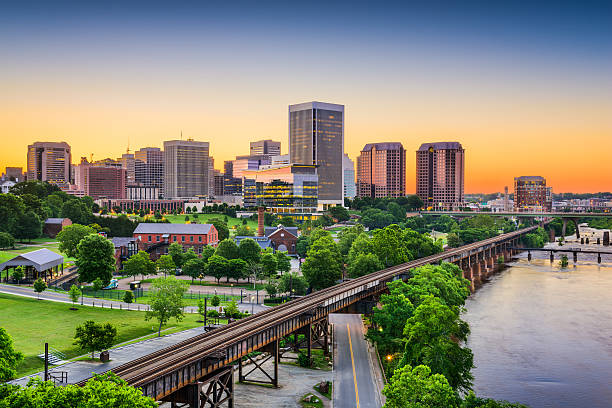
8. Richmond
- Population – 251,269 (2021).
- Violent Crime Rate – 4.06 per 1,000 residents.
- Property Crime Rate – 29.93 per 1,000 residents
Richmond is the capital city of Virginia, although only the state’s fourth-most populated city.
The city’s violent and property crime statistics exceed state crime average levels.
Regarding crimes per square mile statistic, Richmond’s crime rate is nearly seven times the state average.
The following neighborhoods in Richmond are considered more dangerous, so use caution when traveling through them if you must – Woodville, Fairfield, and Gilpin.
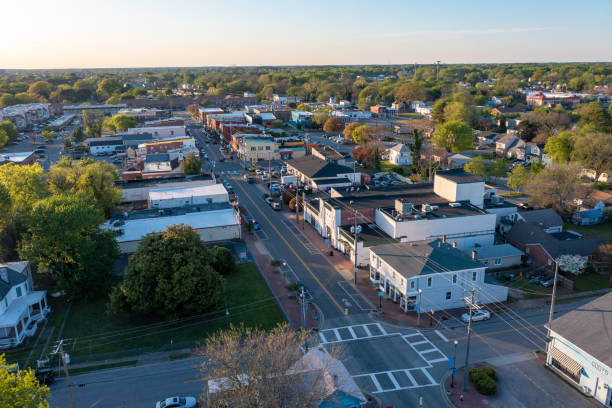
9. Hampton
- Population – 137,746 (2021).
- Violent Crime Rate – 2.87 per 1,000 residents.
- Property Crime Rate – 24.99 per 1,000 residents
Hampton is a city in southeastern Virginia located north of Norfolk.
Hampton is home to rich American history.
The violent crime rate for Hampton is about equal to the state average; however, property crime exceeds state crime averages.
Remain alert when traveling to new or unfamiliar places – especially at night.
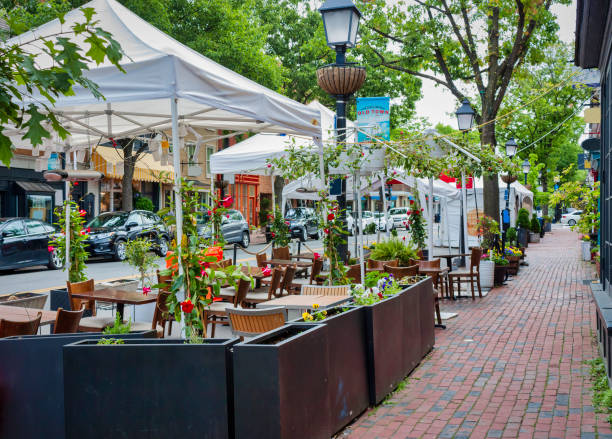
10. Alexandria
- Population – 154,706 ((2021).
- Violent Crime Rate – 2.15 per 1,000 residents.
- Property Crime Rate – 17.35 per 1,000 residents
Alexandria is a large city located in the northern part of Virginia along the western Potomac River – several miles from downtown D.C.
While violent crime is in line with the rest of the state, property crime in Alexandria exceeds state crime rates.
While Alexandria is among the safer of large cities, Fairlington-Bradlee, King St Metro, and Landmark-Van Dom are among the less secure areas.
5 Safety Tips for Traveling to Virginia
1. When traveling across Virginia, it is important to stay vigilant and aware of scammers.
In a digital world, scams are more prevalent than ever.
However, scammers tend to target vacationers or those distracted by their own travel plans.
To be ultra-safe, simply stay focused on your surroundings and belongings and avoid engaging with strangers unnecessarily.
Jump online and see if the state or municipalities have issued scam alerts.
2. Tap water within the state’s urban areas is safe to drink.
Note that in urban areas like Richmond and Virginia Beach, tap water is safe to drink and use.
Although not generally an issue; however, in certain rural parts of Virginia’s Appalachia, there can be problems with access to clean tap water.
3. Depending on the time of year, certain parts of Virginia may be subject to severe weather.
Virginia tends to have moderate to mild weather, on average, throughout the year.
However, in the summer and fall, there may be hurricanes or tornadoes sweeping through.
Stay informed and safe by closely monitoring weather conditions and warnings.
4. Don’t be an easy target.
If you are traveling to popular tourist hubs like Virginia Beach, don’t leave your valuables/possessions away from where you can see them.
Scammers and thieves consider tourists an opportunistic criminal gig.
5. Do appropriate research so you have a good idea about traveling to your intended destination in Virginia.
Fortunately, many public and government websites are devoted to updating travelers about various issues, including potential scams, traffic, and other dangers.
Virginia Safety Overview
READ THE FULL REPORT: Virginia Safety Review
Safety Index: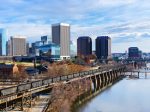
- OVERALL RISK: LOW
- TRANSPORT & TAXIS RISK: LOW
- PICKPOCKETS RISK: LOW
- NATURAL DISASTERS RISK: MEDIUM
- MUGGING RISK: LOW
- TERRORISM RISK: LOW
- SCAMS RISK: MEDIUM
- WOMEN TRAVELERS RISK: LOW
Frequently Asked Questions
What is the number one attraction in Virginia?
Virginia Beach is the state’s top-rated tourist attraction.
Virginia Beach is popular for its First Landing State Park as well as the Cape Henry Lighthouse.
The city’s beaches are a preferred destination for millions of travelers each year, which makes it among the most popular tourist destinations throughout the country.
How to stay safe while driving through Virginia?
Before any long road trip, be certain that the car/vehicle is running optimally and up to the challenge.
The last thing anyone needs on vacation is to deal with a car issue that could have been prevented.
Have your local mechanic check the car for needed maintenance, and if it is time, change the oil and other auto fluids.
Finally, check the tire pressure, as an improperly balanced tire leads to poor tread wearing and, ultimately, a tire blowout.
While Virginia is car-friendly, are there forms of public transportation available?
When you are traveling in Virginia and want to take public transportation, consider these options:
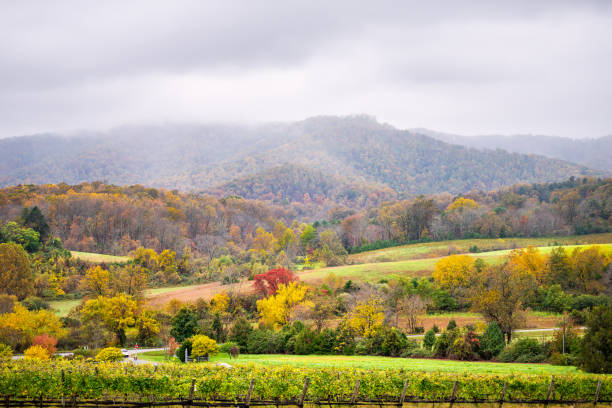
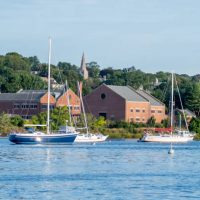

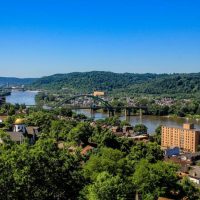
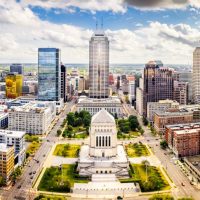
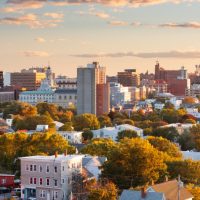
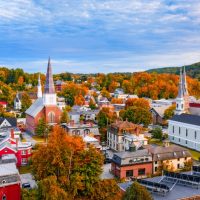





Virginia has a lot to offer in terms of history, culture, and natural beauty. However, like any state, it is important to stay aware and cautious while traveling.
Wow, I never would have thought Virginia had dangerous cities! Thanks for the eye-opening list. It’s a good reminder that even seemingly safe places can have their challenges. Always important to stay informed and vigilant while traveling.
I’ve lived in Virginia for years and had no idea about some of these cities being considered dangerous. It’s fascinating how different perceptions can be. I think it’s crucial for both locals and visitors to be aware of their surroundings and take necessary precautions.
This list is a stark contrast to the usual travel posts about picturesque destinations. It’s essential to shed light on the reality of some places, even within seemingly peaceful states. Stay safe, everyone, and always research before planning any trip!
Research? Research what? I was born and raised here. I’ve watched Chesapeake grow into a real City. Oh, parts of it, with the most expensive real estate. Other parts of the City are so neglected it’s a wonder anyone survives it. While the middle class is dumped on to bear the tax burden for everything, and the upper class move out in droves, taking that revenue with them. I remember a city where if you knew your way around the city, you could walk just about anywhere. It was beautiful. Trees and blooms throughout a city that also had clean sandy beaches, wonderful views, kind people, Churches were full on the Sabbath. Crime was practically nonexistent. You looked out for your neighbor. Your children could play in their neighborhood, not just the quarter of a block they live on. What if we had just seen each other as people, you know, good or bad. What if we had controlled ourselves concerning material things. What if we had stood for our values and ethics.